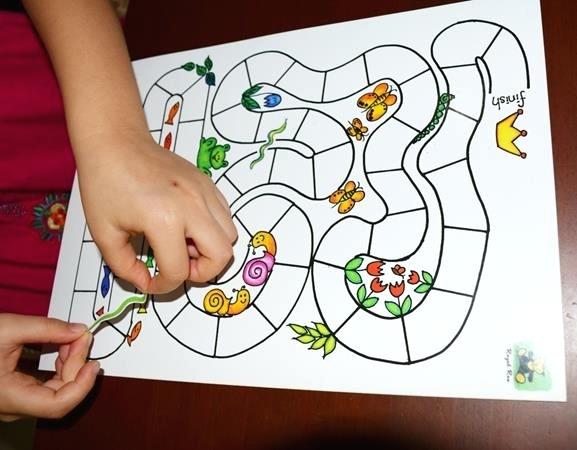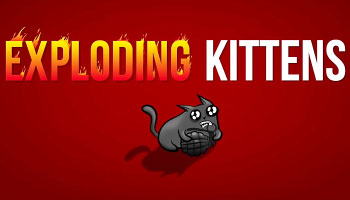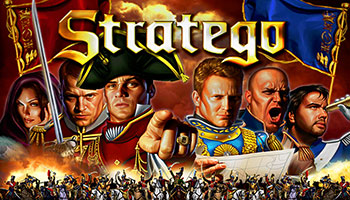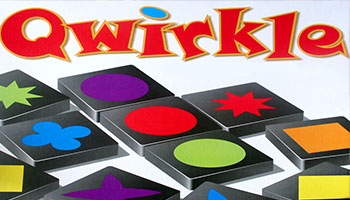
Designing a new board game for an already overcrowded market isn't something anyone is going to find easy. If you look back history shows us that getting even some of today's most popular board games accepted by the board game companies is a challenge. Just take the Monopoly board game for example, this game has sold over 275 million copies worldwide but one it's first demo to Parker Brothers the Monopoly board game was actually rejected.
So coming up with an idea, designing a board game and then actually getting it into production are incredibly difficult and challenging tasks but that doesn't mean you shouldn't have a go.
A few basic steps are laid out below with advice on how you should proceed in developing your very own board game.
Step 1: Your Board Game Idea
The first thing you are going to need before you do anything esle is get an idea, you'll need to have some clue of what you want your board game to do, how you want it to function and work and most importantly which market area you'll expect it to fit into.
Step 2: Getting It On Paper
Once you have an idea in your head you will need to get something onto paper, people who you should your board game to in the early stages will need to understand what the purpose of the game is and how it's going to be played.
The best way of getting your initial ideas on paper would be to draw out the board layout. This should clearly show how the players move around the board, any advanced spaces and any other placeholders such as those for game cards.
In your plan you should also include full details of game play, this will include things like:
- How many players will the game have?
- Who will the game be meant for? e.g. adults, children, teens etc.
- What will be the purpose of the game?
- How will the players move around the board and what will the game play involve?
- What will the game materials be? e.g. a board, counters, dice, cards, timers etc.
- How will the game end, how will players win or loose?
The above are very basic questions you need to ask, each of these questions may lead you onto other questions but this is just the process of brainstorming.
Step 3: Getting Physical
Once you've got the basics of your design down on paper and you have answers to most of your questions then you should try and get something more physical developed. This may involve making the board out of cardboard and even making some small pieces using play-doe. At this stage it doesn't really matter how crude it looks as long as you've got the base design so that people can understand how the game is going to work.
By this point, if you have a demo game and have written a set of instructions then you should get friends, family and anyone else you can think of to test the game for you. You could even go a step further and find local board game clubs to test the game for you, just pop along and ask them politely if they wouldn't mind giving your new board game a run through. You should try and make the game was easy as possible to play, maybe giving a presentation to the group of people who will be testing it first will aid this.
Overall you are trying to get the most honest feedback possible, it's not good being told by family and friends that the game is great just because they don't want to hurt your feelings. Board game design and development is a challenge and you don't want to waste time on ideas which aren't going to work.
Step 4: The Next Level
You should only ever move onto this step when you are fully prepared. By fully prepared I mean you have some kind of working demo you've made yourself or had made and you've collected feedback from a reasonable number of people. Once you've done those two things then you have a couple of options available to you for moving forward:
- Self publish the board game
- Get the board game published by a company
Developing a board game as a self-publisher isn't easy, it takes funds, resources and know-how which is why the second option is usually the most desireable.
The second option is most preferable usuaully and having a company like Hasbro on board would be amazing but this doesn't happen easily. In order to get a company on board you'll need to have a solid pattented game, a solid plan and a solid presentation.
Overall the board game development process is not an easy one but as long as you have a good, solid idea there is no reason why you shouldn't see your game in the shops. Remember, plan your ideas, put them into practice and do your market research.
Continue Reading







